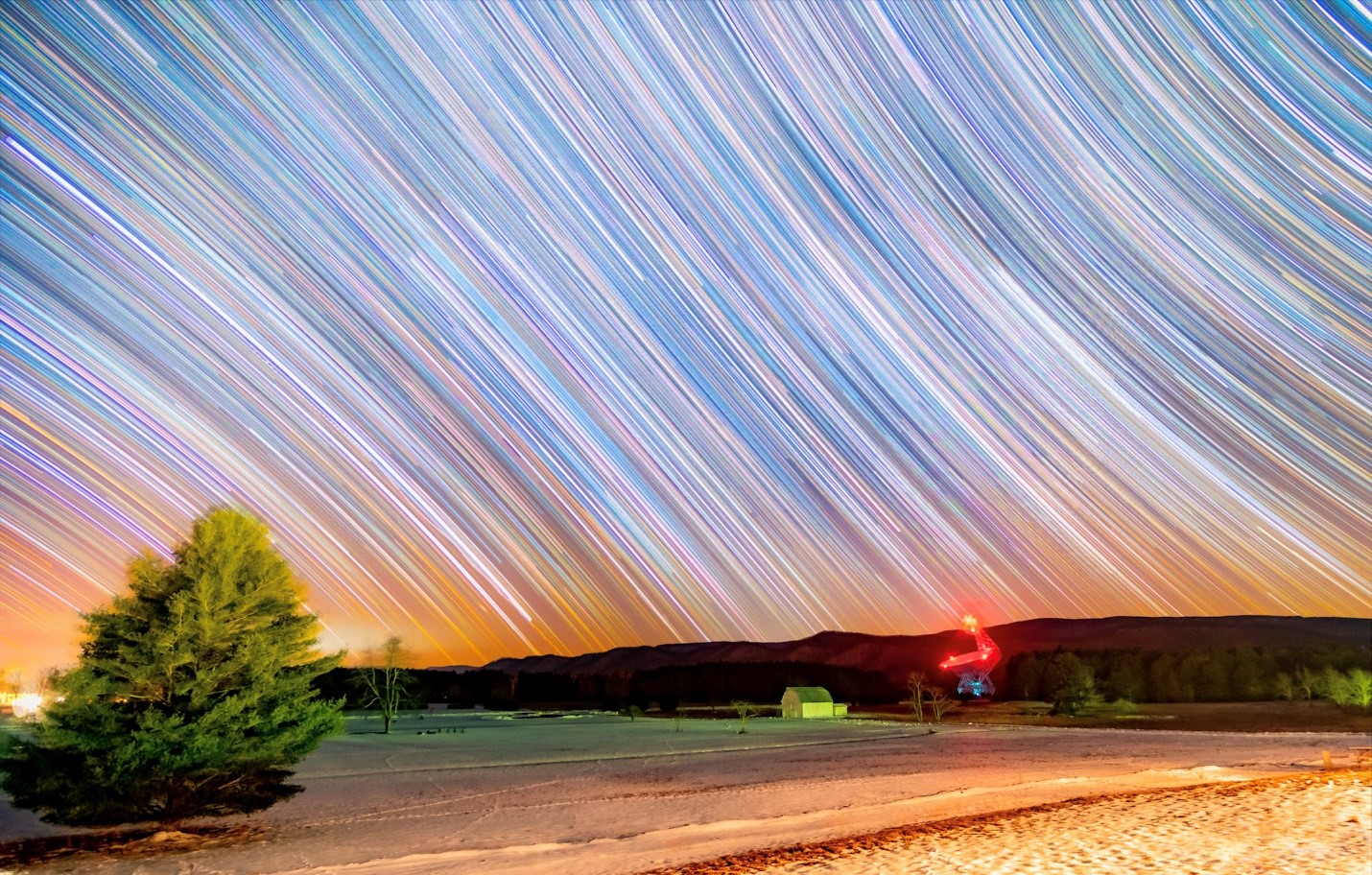-
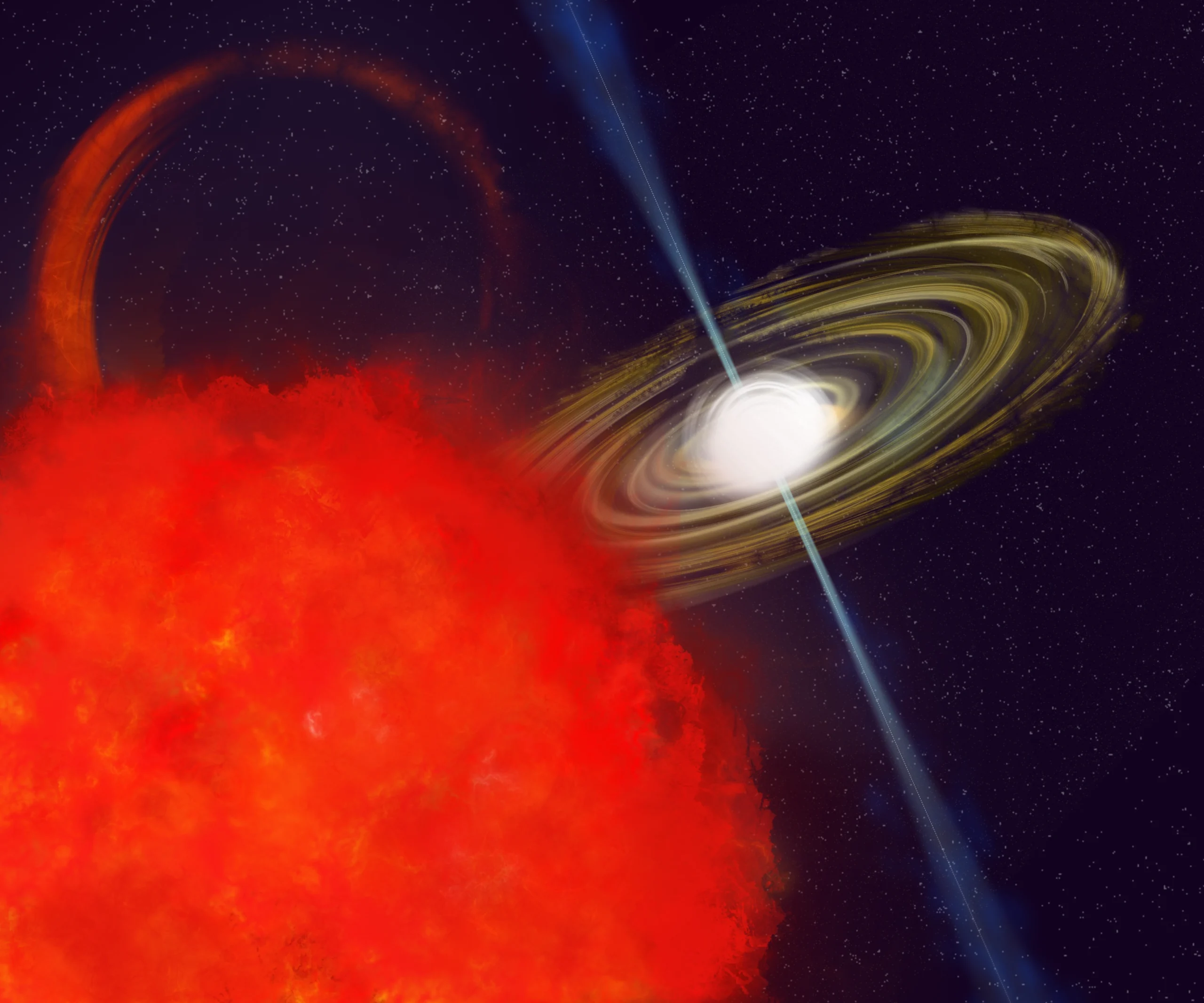
Space’s Spinning Enigma: A ‘Unicorn’ Object Defies Astrophysics
Breakthrough collaboration between multiple telescopes reveals most unusual long-period radio…
-
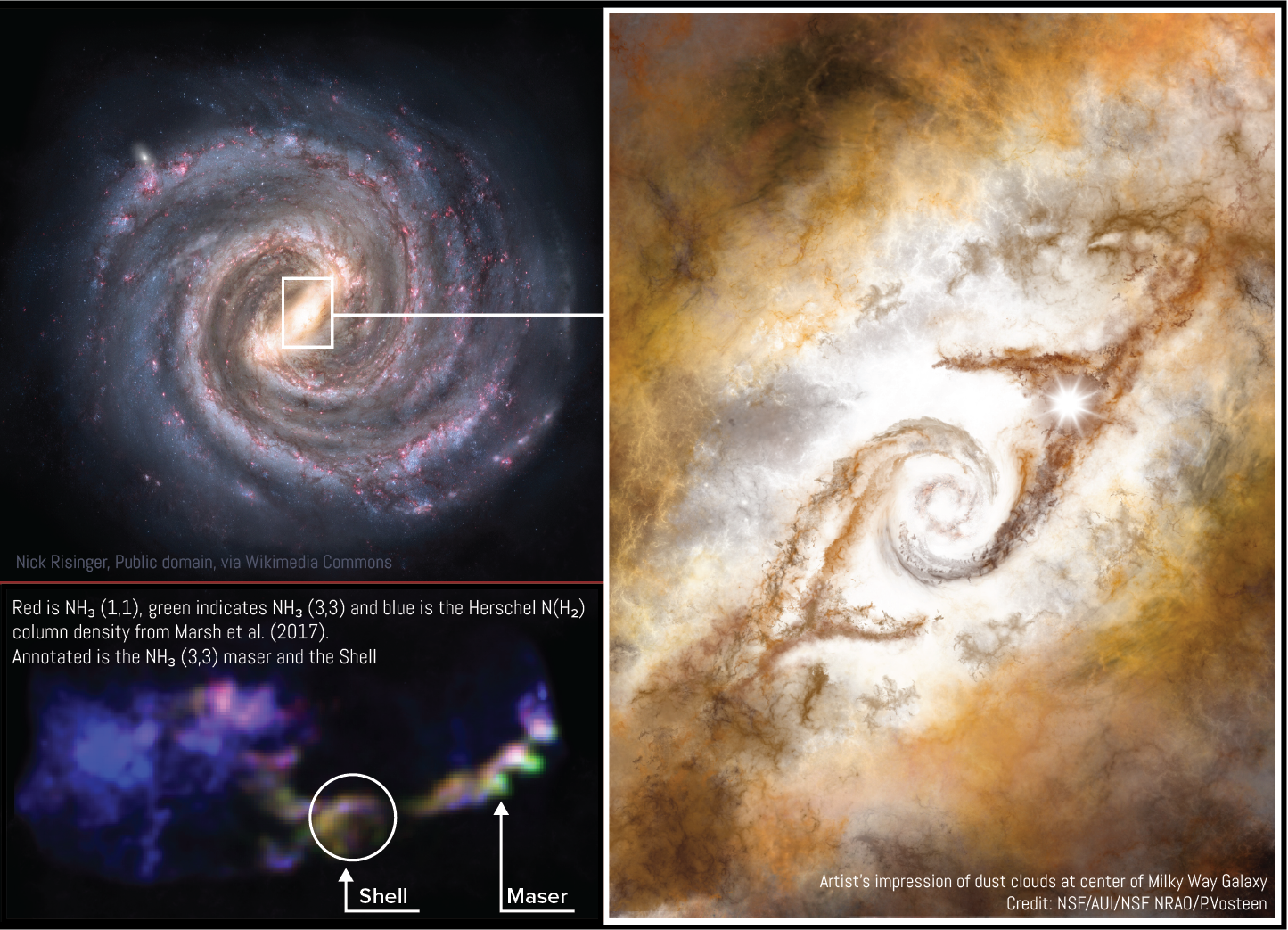
Astronomers Discover Massive Molecular Cloud Hidden in Milky Way
Newly discovered Midpoint cloud offers a rare glimpse into star…
-
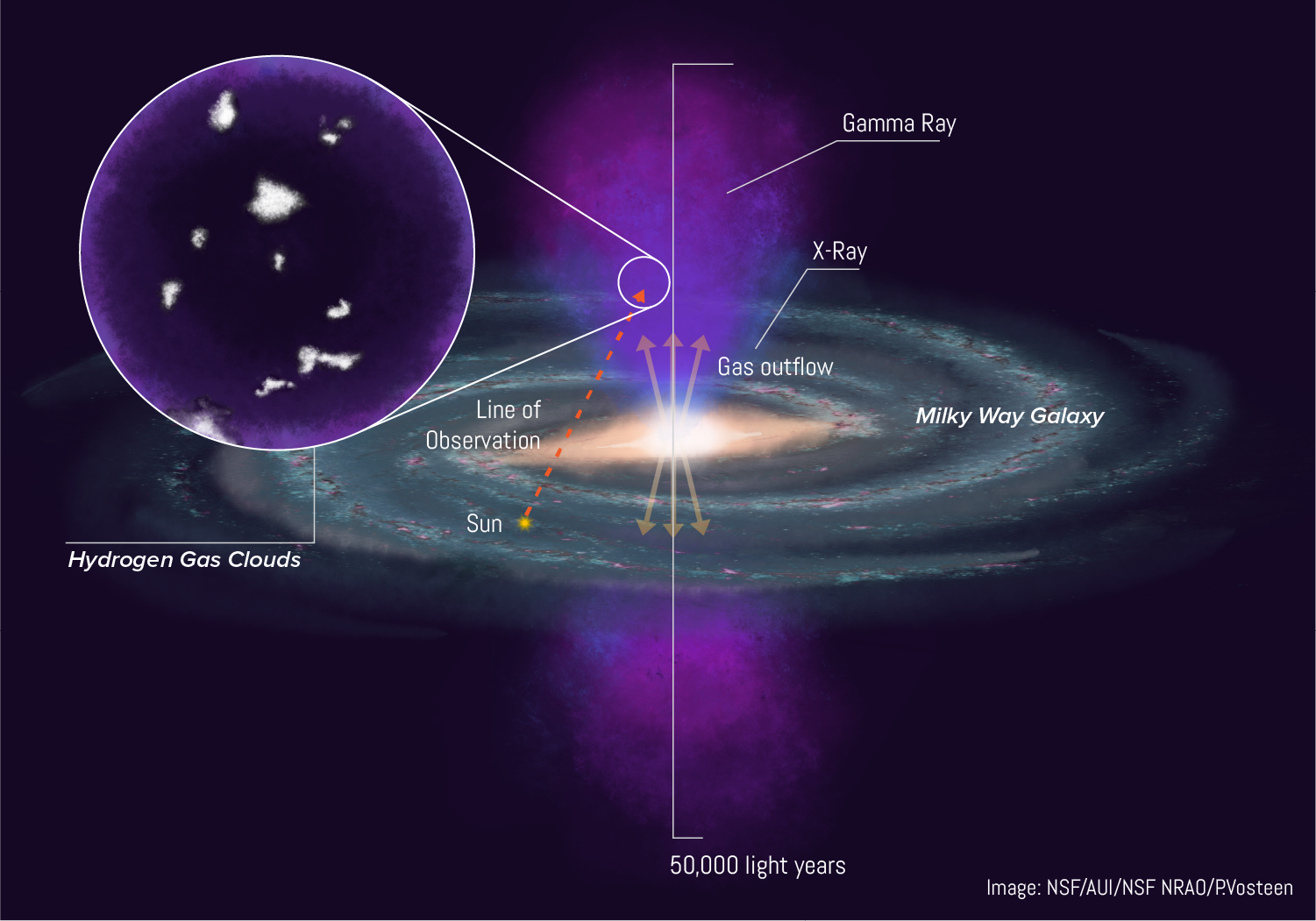
Galactic Mystery: How “Ice Cubes” Survive in the Milky Way’s Blazing Bubbles
Astronomers discover fragile hydrogen clouds surviving inside the superheated Fermi…
-
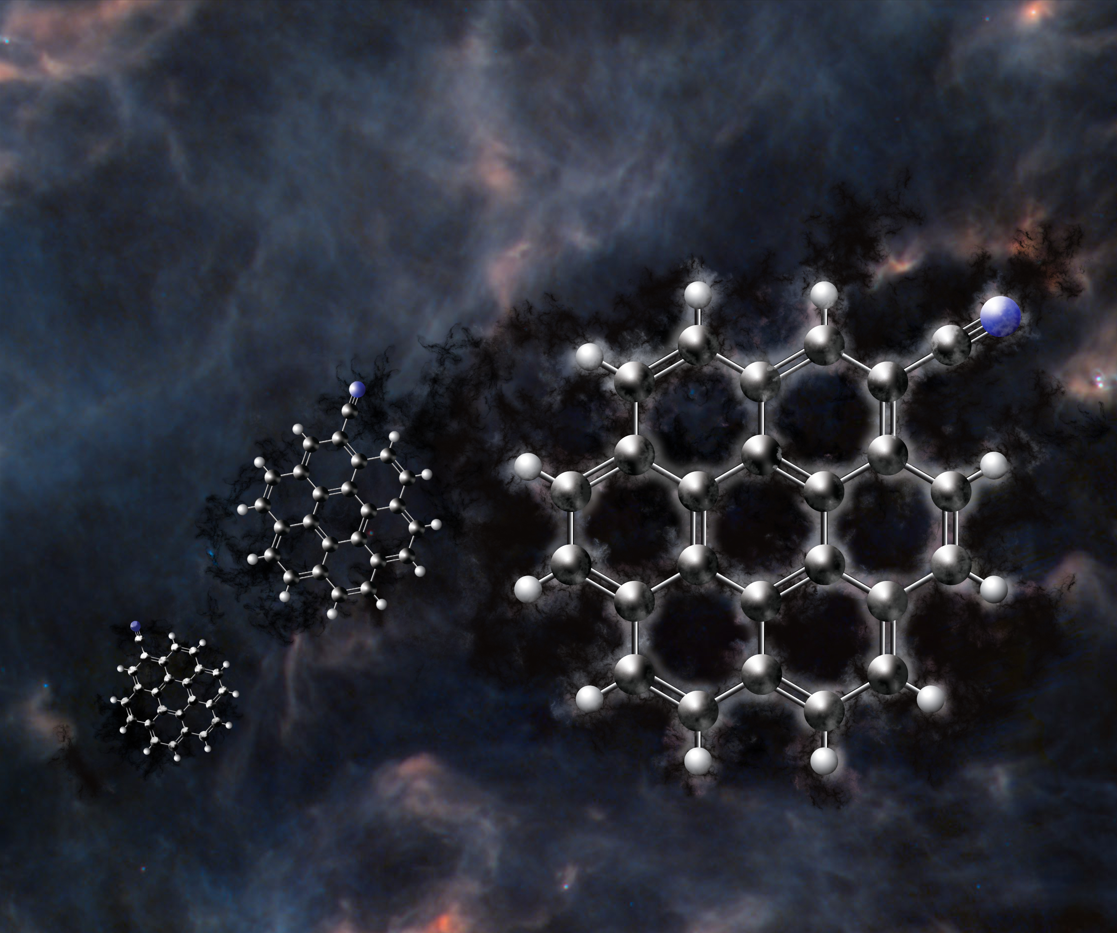
Cosmic Chemistry Breakthrough: Largest Aromatic Molecule Found in Deep Space
Discovery of seven-ring cyanocoronene in a star-forming cloud challenges assumptions…
-
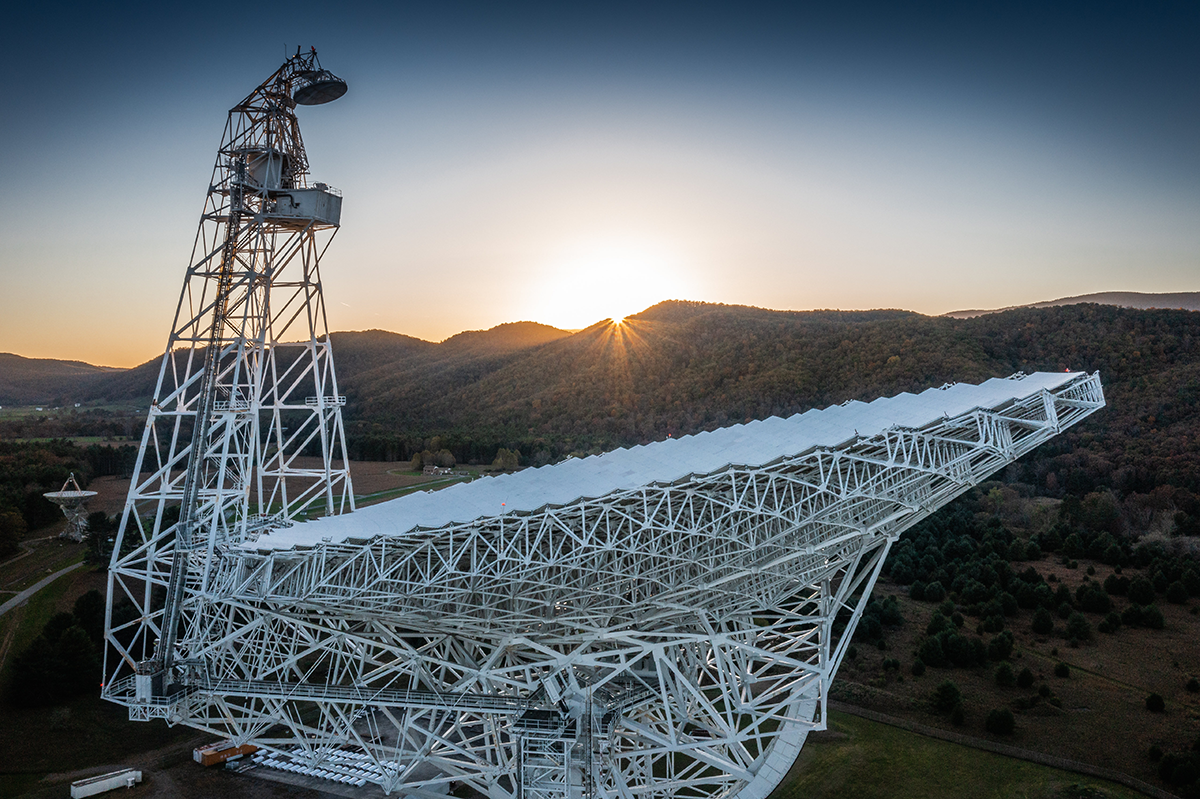
NSF Green Bank Telescope Gets a New Coat of Protection
Vital repainting project will extend lifespan of world’s largest fully…








